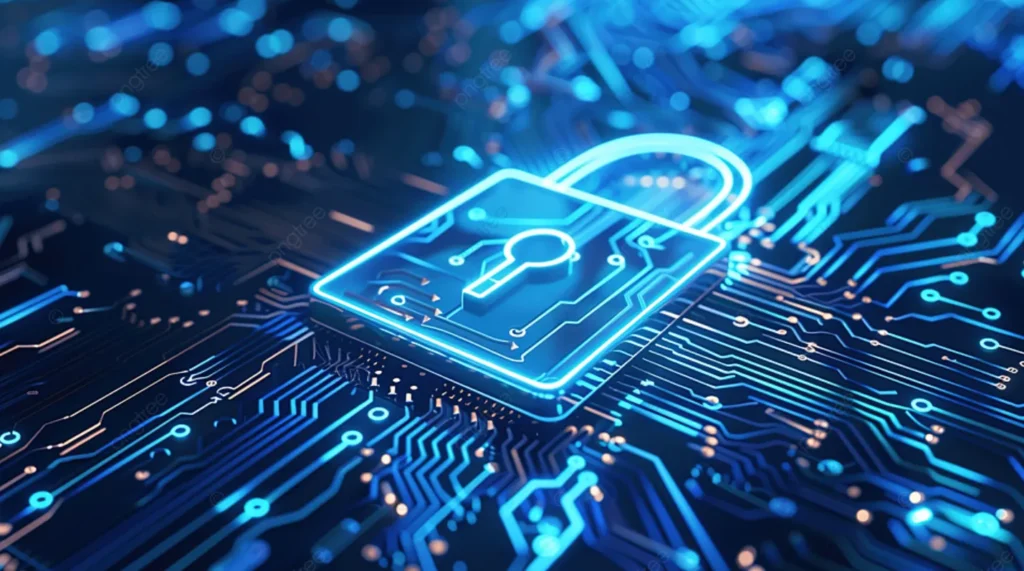As the world has become more interconnected through digital platforms and technology, the need to protect sensitive data has never been more crucial. With the proliferation of cyber threats like data breaches, ransomware attacks, and identity theft, the evolution of cybersecurity laws is essential for safeguarding personal and corporate information. Cybersecurity regulations have evolved dramatically over the past few decades, from early efforts to secure data privacy to the modern frameworks that address the complexities of today’s digital landscape.
Early Cybersecurity Legislation
Cybersecurity laws began emerging in the 1980s and 1990s in response to the growing use of computers in business and government. The Computer Fraud and Abuse Act (CFAA), enacted in the U.S. in 1986, was one of the first federal laws that addressed computer-related crimes. It focused on preventing unauthorized access to computers and networks, establishing criminal penalties for hacking.
In Europe, Data Protection Directives were introduced, such as the 1995 EU Data Protection Directive, which was one of the earliest attempts to regulate the collection, storage, and processing of personal data. However, these early laws were reactive and insufficient to address the rapid technological advancements and increasing digital transformation occurring in subsequent decades.
Rise of Data Breaches and Cyber Threats
As internet usage exploded in the 2000s, cyber threats grew exponentially. Companies and governments faced significant challenges from hackers, organized cybercrime groups, and state-sponsored actors targeting critical infrastructure, financial systems, and personal data.
Notable data breaches such as the TJX Companies breach in 2007, which compromised over 90 million credit card numbers, highlighted the vulnerabilities of even large corporations. These breaches led to the introduction of mandatory data breach notification laws, starting with California’s Security Breach Information Act (SB-1386) in 2002, which required companies to notify individuals when their personal information was compromised.
Around the same time, the Health Insurance Portability and Accountability Act (HIPAA) in the U.S. introduced privacy and security standards for protecting health information. The HIPAA Security Rule, enacted in 2003, became a crucial regulation in securing sensitive health data as healthcare providers adopted digital systems.
The General Data Protection Regulation (GDPR)
A milestone in the evolution of cybersecurity laws was the introduction of the General Data Protection Regulation (GDPR) in the European Union, which came into effect in May 2018. GDPR set a new global standard for data privacy and protection by:
- Requiring organizations to obtain explicit consent before processing personal data
- Imposing strict guidelines on data breach reporting (within 72 hours)
- Granting individuals the right to access, correct, and delete their data
- Introducing significant penalties for non-compliance, with fines up to 4% of global revenue or €20 million, whichever is higher.
GDPR’s reach extended beyond the EU, as any company handling EU citizens’ data had to comply, thereby making it a global benchmark for data protection.
The Evolution of Cybersecurity in the U.S.
In the United States, the evolution of cybersecurity laws has been more fragmented, with regulations varying across sectors and states. While federal laws like the CFAA and HIPAA laid the foundation for protecting specific types of data, other sectors developed their regulations over time.
For example, the Gramm-Leach-Bliley Act (GLBA) focused on financial institutions’ responsibility to protect customer data. Meanwhile, individual states began to introduce their own cybersecurity frameworks. New York’s Department of Financial Services (NYDFS) launched stringent cybersecurity regulations in 2017 for financial institutions operating in the state, requiring them to implement comprehensive cybersecurity programs.
At the federal level, the Cybersecurity Information Sharing Act (CISA), enacted in 2015, encouraged information sharing between the government and private sector to improve threat detection and response capabilities. The Cybersecurity Maturity Model Certification (CMMC), introduced by the Department of Defense (DoD) in 2020, established cybersecurity standards for contractors in the defense supply chain, underscoring the growing importance of securing sensitive national security data.
Sector-Specific Cybersecurity Regulations
As industries become more digitized, sector-specific regulations have emerged to address the unique cybersecurity challenges they face. For example:
- Healthcare: In addition to HIPAA, the healthcare industry has seen regulations like the HITECH Act (2009) to promote secure health information exchanges. More recently, 42 CFR Part 2 strengthened the protection of substance use disorder patient records.
- Finance: The Dodd-Frank Wall Street Reform and Consumer Protection Act included provisions for protecting financial data, while the Payment Card Industry Data Security Standard (PCI DSS) set industry-wide cybersecurity standards for organizations handling credit card data.
- Critical Infrastructure: With increasing threats to critical infrastructure, particularly in energy, transportation, and water supply, countries have implemented sector-specific laws. In the U.S., the National Institute of Standards and Technology (NIST) introduced a Cybersecurity Framework in 2014, aimed at improving the security of critical infrastructure through voluntary but widely adopted standards.
- Defense and National Security: With cyber warfare and state-sponsored attacks becoming more prevalent, governments worldwide have introduced laws to secure military and defense operations. The Defense Federal Acquisition Regulation Supplement (DFARS) in the U.S. imposes strict cybersecurity requirements on contractors handling government data.
Emerging Trends: AI, IoT, and Quantum Computing
With the rise of emerging technologies such as Artificial Intelligence (AI), the Internet of Things (IoT), and Quantum Computing, cybersecurity laws are continuing to evolve to meet new threats. AI, while offering enhanced security capabilities, can also be used to launch sophisticated cyberattacks. Likewise, IoT devices, with their connectivity and data collection capabilities, introduce new vulnerabilities, as demonstrated by the Mirai botnet attack in 2016, which compromised millions of IoT devices.
Governments have responded by introducing regulations aimed at securing these technologies. In 2020, California introduced the California IoT Security Law, one of the first laws to mandate security features for IoT devices. Similarly, the EU’s Cybersecurity Act, adopted in 2019, established a certification framework for securing IoT devices.
As quantum computing promises to revolutionize computing power, it also poses potential threats to current encryption standards. In response, governments and industries are beginning to explore post-quantum cryptography standards to ensure future-proof cybersecurity measures.
Conclusion: The Future of Cybersecurity Laws
As digital transformation continues to reshape industries, cybersecurity laws will need to evolve rapidly to keep pace with emerging technologies and increasingly sophisticated cyber threats. Data privacy, security, and transparency will remain central concerns for governments and organizations alike. International cooperation, continuous updates to regulatory frameworks, and industry compliance will be crucial in building a secure digital future.
The future of cybersecurity will likely include more stringent regulations around AI ethics, data sovereignty, and quantum computing security. Governments, businesses, and individuals must work together to foster a culture of cybersecurity awareness and resilience to mitigate the risks of an increasingly digital world.

